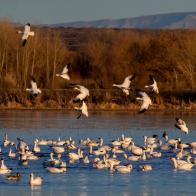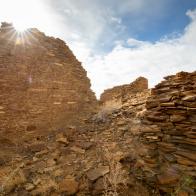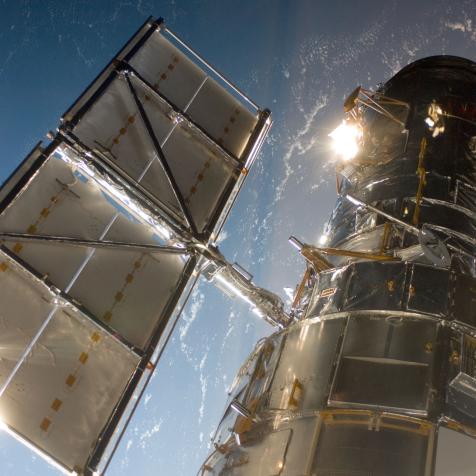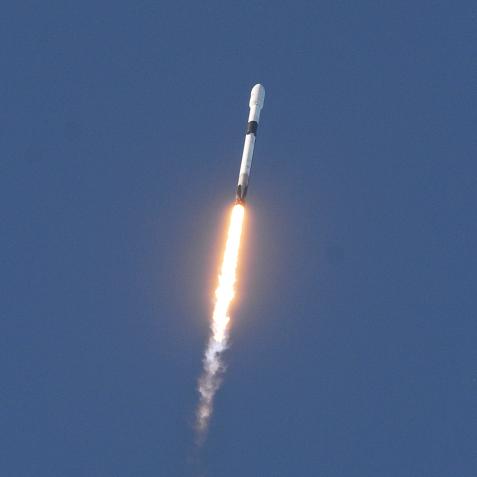
NASA/CXC
What Happens When Stars Kiss (Hint: They Explode)

You know that feeling--They close their eyes, purse their lips, and lean in. So you go for it. You feel the spark, the magic, and the fire of that first kiss. It’s one of the best things in the Universe.
Except, of course, if you’re a star.
When stars kiss, it never goes well. In fact, it always ends in a total cataclysm.
At the mildest end of the spectrum – and I’m saying this purely in relative terms – are the novae. This is what happens when you have a white dwarf, which is a compact remnant core of a star made of carbon and oxygen, kiss a red giant. If the red giant gets too close, then some of its outer atmospheres will get pulled onto the white dwarf. There it will start to pool, increasing in density and pressure.
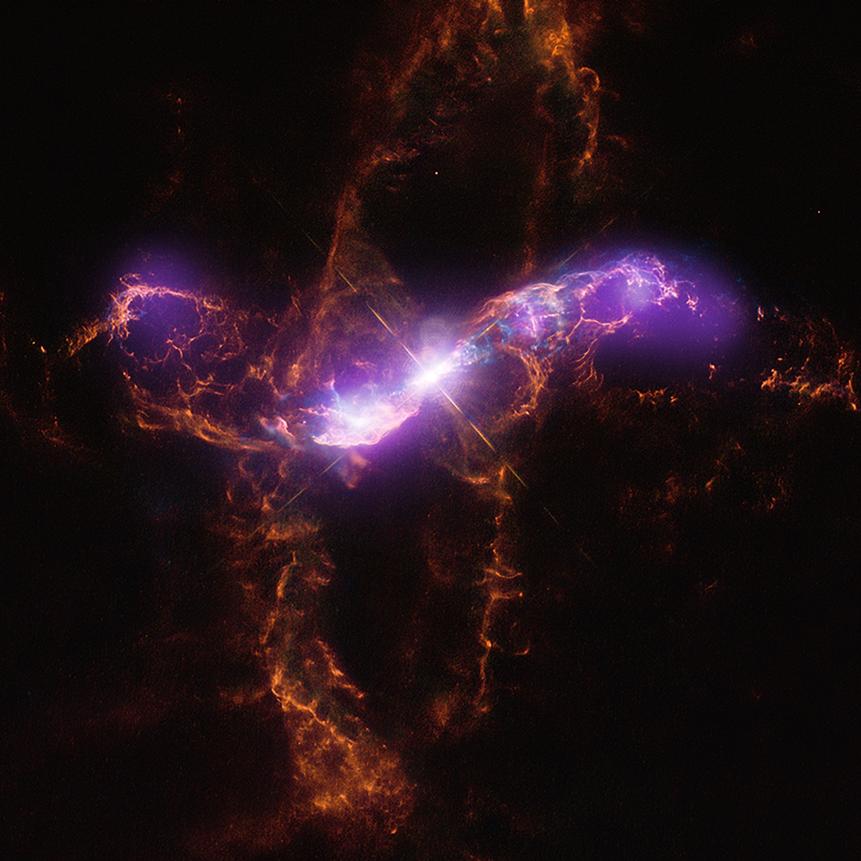
NASA/CXC/SAO
The universe emits light or energy in many different forms. This object is, in fact, a pair: a white dwarf star that steadily burns at a relatively cool temperature and a highly variable red giant. As they orbit each other, the white dwarf pulls material from the red giant onto its surface. Over time, enough of this material accumulates and triggers an explosion. Astronomers have seen such outbursts over recent decades. Evidence for much older outbursts is seen in the spectacular structures observed by NASA's Hubble Space Telescope (red and blue). X-ray data from Chandra (purple) shows how a jet from the white dwarf is striking material surrounding it and creating shock waves, similar to sonic booms from supersonic planes.
If things get too hot and heavy, the gas on the surface of the white dwarf will spontaneously ignite in a flash of nuclear reactions, releasing a massive explosion of light and energy.
The good news is that both stars typically survive the event. The bad news is that it’s bound to happen again in a few decades.
But if too much material piles up on the white dwarf, it’s a goner. As the gas piles higher and higher, it can reach a critical threshold where the entire white dwarf star (for lack of a better term) cracks under the pressure. The entire mass of carbon and oxygen, which typically weighs more than our entire sun, ignites in a single nuclear accident.

ESA/Hubble & NASA
The curving structure of Menzel 2 resembles a last goodbye before the star reaches its final stage of retirement as a white dwarf.
Naturally, this obliterates the white dwarf, and also usually the red giant along with it. This appears to us as a supernova, an outburst of light so bright that if it were to happen in our own galaxy, it would outshine an entire full Moon.
There are other ways for stellar embraces to go wrong. Neutron stars are like souped-up versions of white dwarfs, and occasionally they form in pairs. When they collide they release a flood of energy…and turn themselves into a black hole in the process.
Speaking of black holes, nobody wants to kiss those. The gravity near them is so strong that it can rip apart entire stars. Astronomers give this process a very boring-sounding name: tidal disruption events. But to give you a better picture, imagine being torn apart limb by limb. Now imagine that happening to an entire star. Yikes.
Dive Deeper into the Cosmos
Journey Through the Cosmos in an All-New Season of How the Universe Works
The new season premieres on Science Channel and streams on discovery+.






















